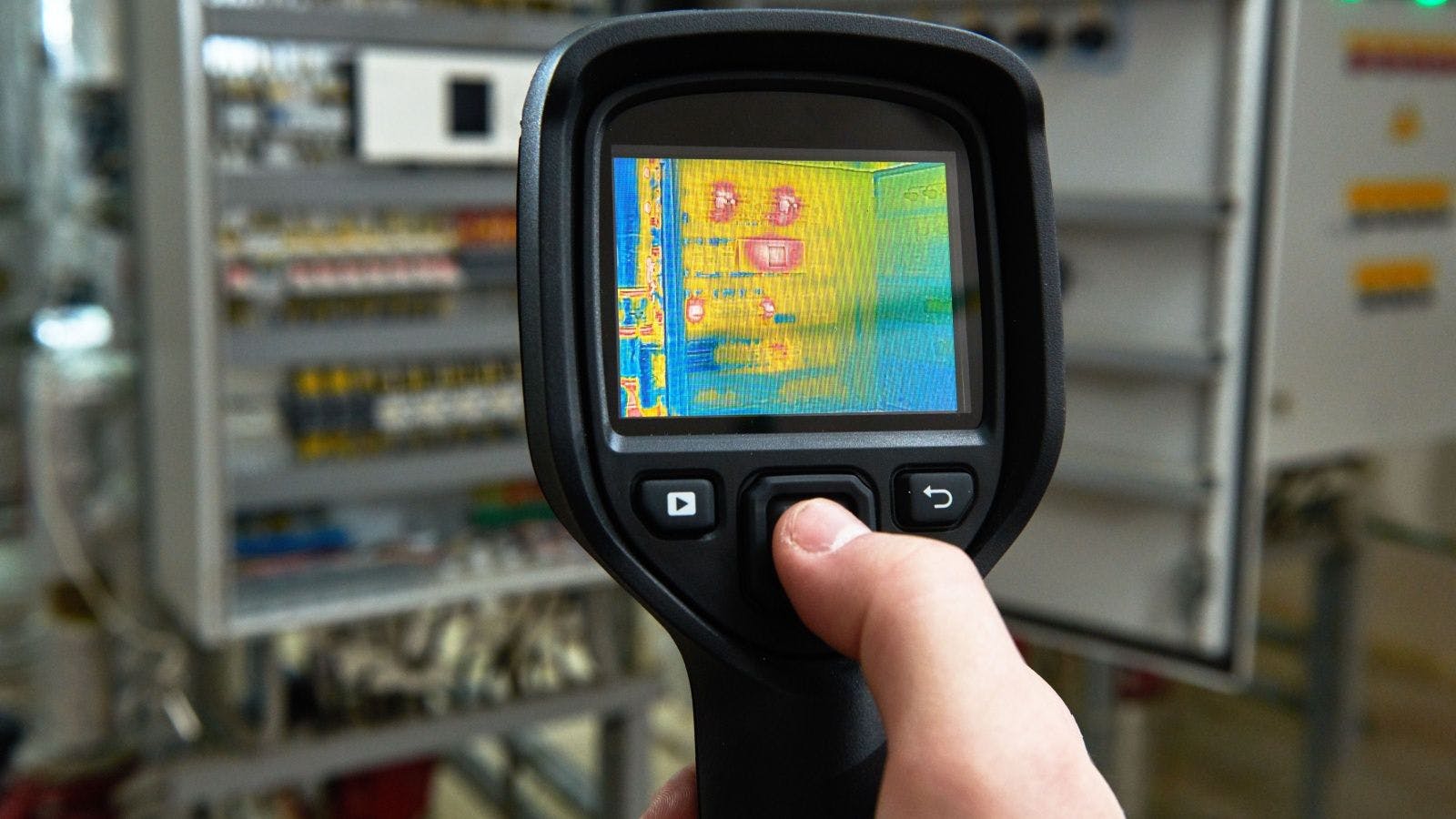
Building Successful Communications With Mobile Device Analytics
One takeaway from 2020 is that the construction industry is one of cornerstones of the country and economy. From erecting hospitals in just a few days to meeting ever more urgent demands to keeping infrastructure up to date in vulnerable communities, the construction industry has played a critical role on the frontlines of responding to the crisis.
One silver lining of the pandemic is appreciation of frontline workers, including field workers and construction professionals, as they continue to rack up long hours working at various remote job sites. The COVID-19 pandemic has made remote team collaboration even more crucial, and strategic construction companies have accelerated their adoption of technology to give them an edge during these unprecedented times. The “new normal” makes it increasingly important for organizations to provide workers with the best tools for collaboration and communication — including mobile devices and tablets that can withstand tough jobsite conditions and stand the test of time.
Roadblocks to productivity: device failure is a drag on morale and the bottom line
Regularly replacing poorly functioning mobility devices is not only impractical from a financial standpoint by taking a bite out of the bottom line, it also can be a drag on job satisfaction and worker morale. Mobile device failure is a hidden issue that plagues frontline workers and decreases productivity, yet the red flags and roadblocks are often missed by IT teams and management. Faulty or failed enterprise devices such as mobile phones and tablets cause serious problems, with a recent Enterprise Mobility report finding two-thirds of workers reported experiencing device issues that negatively impacted their ability to do their jobs. What's more, this has a long-term effect on revenue generation as the unusable devices can lead to work stoppages and delays. In fact, the same report found that 41% of companies reported lost revenue from downtime caused by mobile device issues.
Another problem is the serious disparity in what workers experience day-to-day with their devices, versus what IT teams are aware of. By the time the problem is uncovered, the damage has already been done. These problems happen on a daily basis, with 63% of workers disclosing that their device batteries drain prematurely and are not able to last their entire shift. Similarly, 44% of workers also reported experiencing untimely and random device reboots when using their devices for a job, often leaving them frustrated and helpless. While these issues may seem trivial at first, as they come out of the woodwork over time, they can lead to revenue loss, poor service delivery and employee dissatisfaction. While some companies have caught on to the debilitating business implications, many are still struggling to tackle enterprise device issues in a meaningful way.
Smart construction executives find ways to empower their workforce — and one way to do so is by ensuring that mobile devices are running optimally. Optimizing device performance should be a key part of any well-oiled management strategy.
The blueprint for a better device management strategy
Collaboration is the foundation of any successful construction team. Device failures and malfunctions not only jeopardize the communications needed to collaborate; they chisel away at profits.
But what if construction executives and their IT teams had access to detailed up-to-date device information on all the mobile devices in their networks, enabling them to make preemptive decisions that could cut off any future device failures at the pass? This is exactly the kind of tool that real-time device analytics can provide.
Real-time device health monitoring offers a toolbox to proactively monitor and analyze performance data, battery life and software updates. Any device that is running low on batteries, in need of an update or not functioning at full capacity, can be quickly identified and replaced before any potential malfunction or battery failure occurs. This preventative care makes for a more reliable, stress free network of communications.
As the construction industry excavates its way out of the crisis and surfaces into a new year, there is light at the end of the tunnel. The construction industry is poised to be a major player as the nation begins to rebuild. Providing employees with the reliable equipment they need to do their jobs is part of the foundation of any successful company. And now more than ever, creating confidence in collaboration and communication will be at the heart of building success in the construction industry.
Related stories








